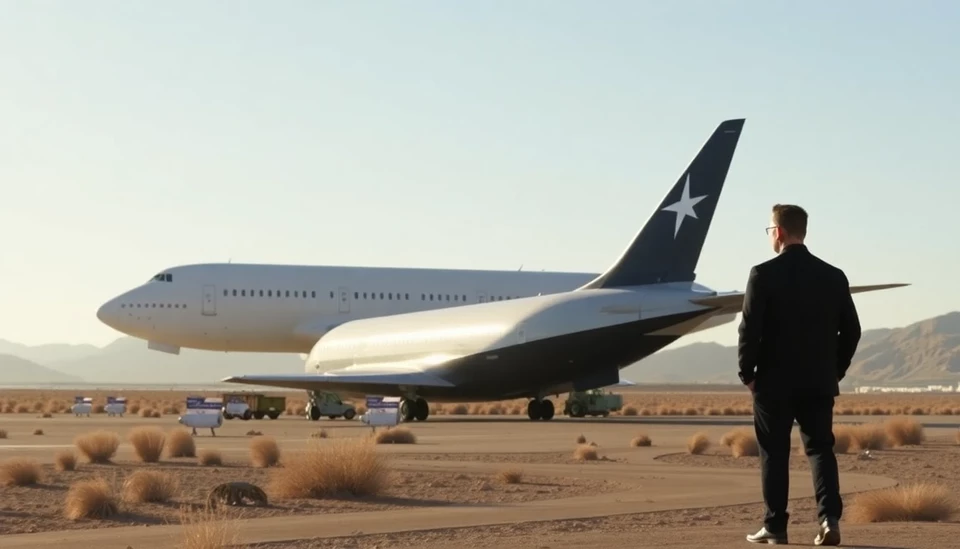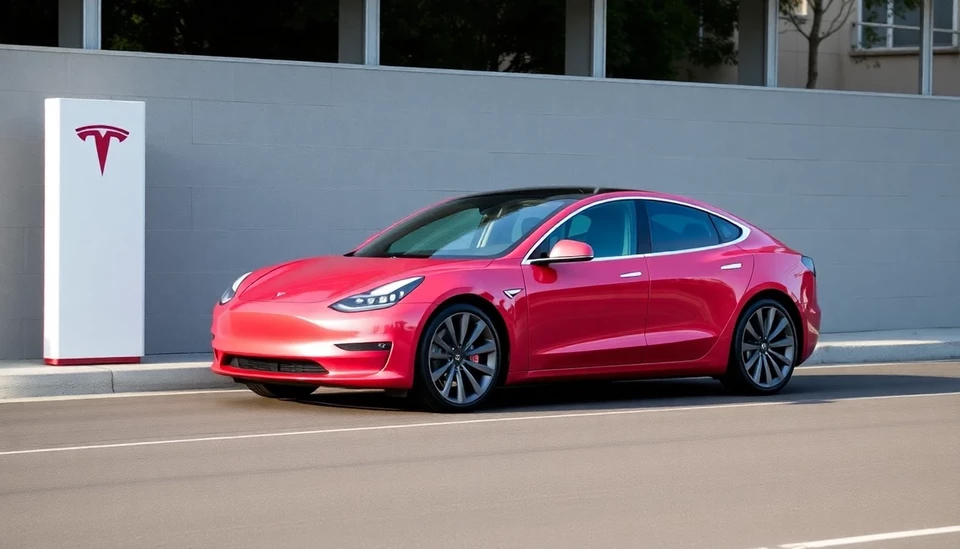
In a groundbreaking initiative, Elon Musk is positioning SpaceX's Starlink satellite internet service to revolutionize connectivity for the U.S. airspace network. The proposal aims to install Starlink terminals on commercial and private aircraft, allowing passengers to enjoy high-speed internet access during flights. This development reflects Musk's broader ambition to integrate advanced technology into everyday activities, enhancing both travel convenience and operational efficiency for airlines.
The plan comes amidst growing demand for inflight internet services, as travelers increasingly expect seamless connectivity whether on the ground or in the air. Currently, many airlines offer limited internet options, often plagued with sluggish speeds and high costs. By installing Starlink terminals, Musk's vision is to provide a robust alternative that would enhance the user experience and keep pace with the digital expectations of modern passengers.
Starlink, which has gained momentum as a satellite internet service capable of providing high-speed broadband worldwide, operates through a constellation of low Earth orbit satellites. This technology has previously demonstrated its potential in remote and underserved areas, and turning its focus towards aviation represents a significant new frontier for the service. By leveraging Starlink's expansive network, aircraft would be able to maintain consistent connectivity even over oceans and remote locations where standard internet services falter.
Industry experts believe that this move could also alter the competitive landscape of the airline industry. The ability to offer high-speed internet could become a vital selling point for airlines, leading to potential shifts in passenger preferences when choosing carriers. Moreover, enhanced connectivity could improve operational workflows, allowing pilots and crew to access real-time data and communicate more effectively with ground operations.
However, this ambitious project is not without its challenges. Regulatory hurdles and airspace management protocols will need careful navigation. The installation of Starlink terminals on aircraft must comply with strict aviation standards and receive approvals from the Federal Aviation Administration (FAA). Additionally, the coexistence of multiple satellite services in airspace will raise questions regarding spectrum allocation and interference management, necessitating cooperation among various stakeholders.
As discussions advance, Musk's plan highlights a broader trend in aviation aimed at integrating technology and improving the passenger experience. The success of this initiative could set a precedent and pave the way for other advancements in inflight services, pushing the envelope of what passengers can expect when they board a plane.
With mounting interest in the potential of Starlink within the aviation sector, it remains to be seen how quickly and effectively Musk can bring this vision to life. Nonetheless, it is clear that the convergence of aerospace and satellite technology could potentially redefine the future of air travel.
#ElonMusk #SpaceX #Starlink #AviationInnovation #InflightInternet #FutureOfTravel #AirlineIndustry
Author: Samuel Brooks




